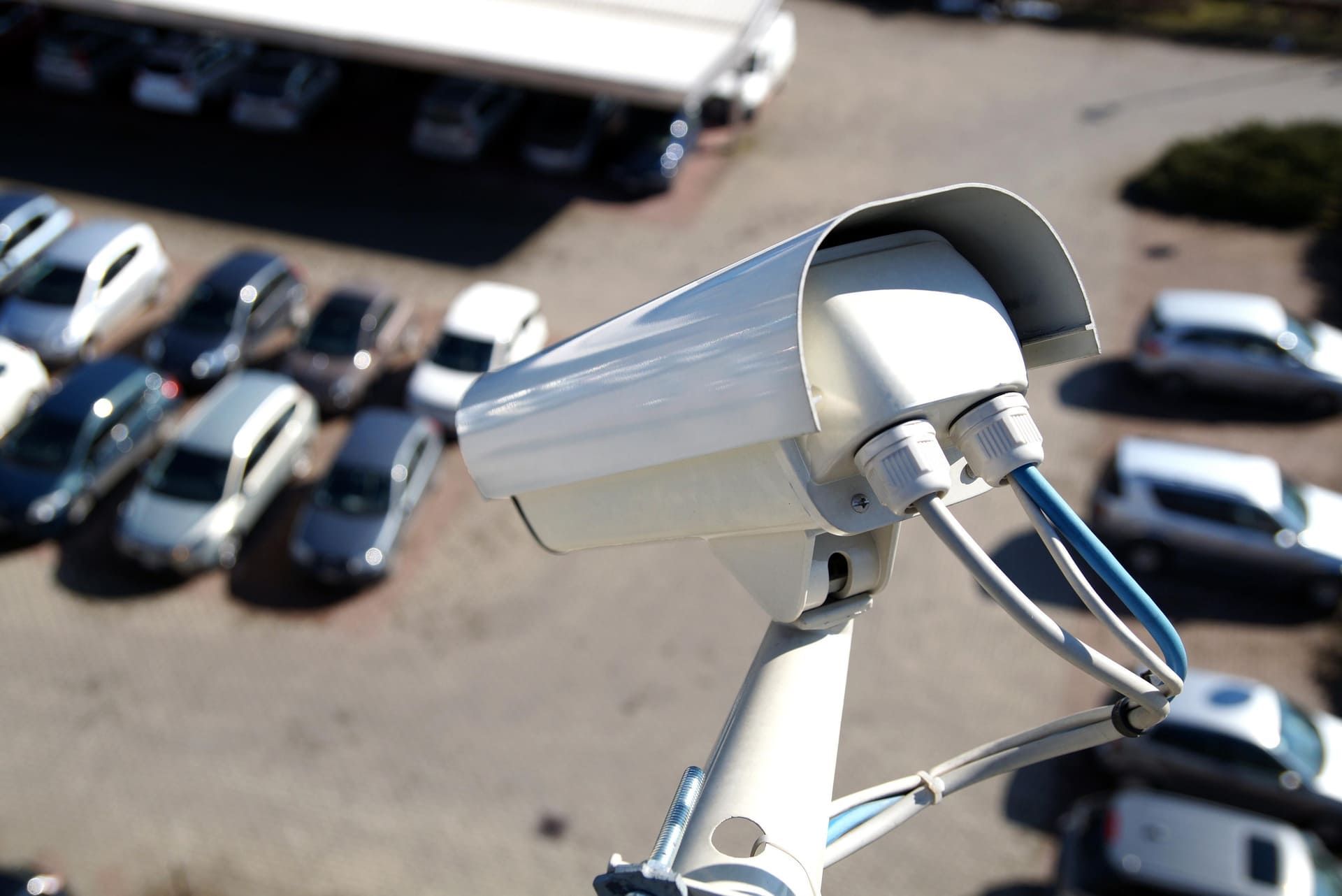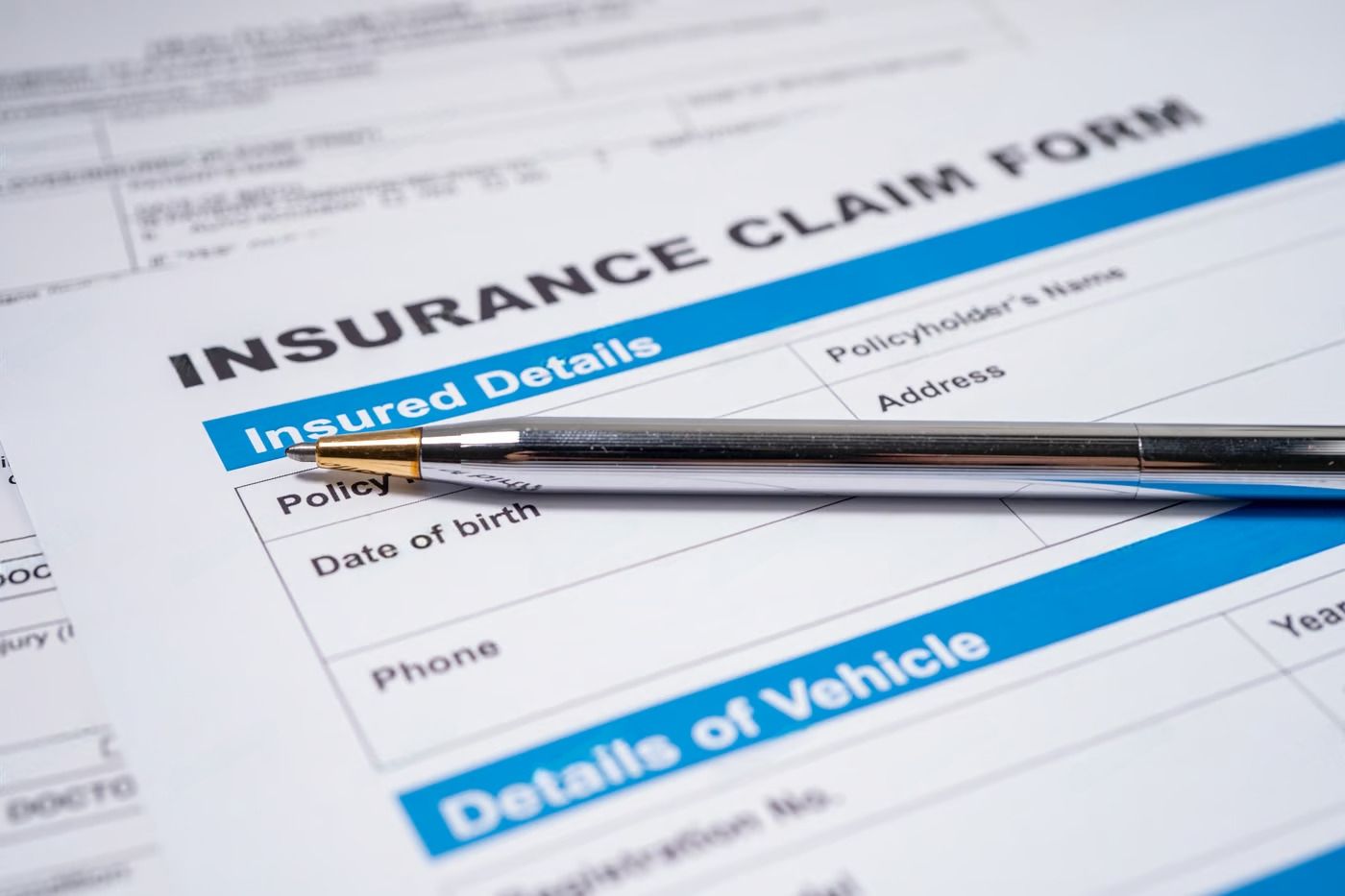Contact Us
Phone: 805-642-5177
Location
1001 Partridge Drive
Suite 330
Ventura, California, 93010
Hours
- Mon - Fri
- -
- Sat - Sun
- Closed
Call Now Free Consultation: 805-642-5177
What You Need To Know About California’s Motorcycle Laws
California highways seem built to be cruised on. Imagine yourself cruising along the Pacific, breeze blowing, feeling like the coolest cat on the road… until a cop pulls you over or an accident occurs. The best way to avoid having an accident or any other type of incident interrupting your good time is to know California motorcycle laws and regulations. If you’re a newbie to the motorcycle game, you should definitely have a thorough understanding of the laws specific to those who ride motorcycles. In the case you do get into an accident, you should have an experienced motorcycle accident attorney on your side. We break down some of the important motorcycle laws and regulations in California so you know what to do.
California Motorcycle Licensing Laws
The state of California requires a special motorcycle license in order to ride on the road. Some different types of licenses are detailed below:
- Class C license- You can drive a motorcycle with a sidecar, a motorized scooter, or a three-wheel motorcycle
- Class M-2 license- You can drive any type of motorized moped, bicycle, or motorized scooter, but not any two-wheel motorcycles or motor-driven cycles
- Class M-1 license: You can drive any motor-driven cycle, two-wheel motorcycle, motorized scooter, and any vehicle you could if you had an M-2
Learn and remember the distinctions between these types of licenses so you ensure that you have the right kind of license for the type of motorized vehicle or motorcycle you want to operate!
California Helmet Laws
Since motorcycles clearly don’t offer nearly the same degree of protection as a car, there are many regulations regarding helmets when riding a motorcycle. All motorcycle operators and passengers are required under the
California Vehicle Code to wear a DOT-approved helmet. You cannot alter the helmet to obstruct the safety features of the DOT-approved helmet.
California Traffic Rules
All the rules that apply to automobiles also apply to motorcyclists, such as traveling according to the speed limit, stopping for stop signs and red lights, using turn signals, and avoiding dangerous aggressive driving behaviors. One specific law that only motorcyclists need to follow is specific under
California Vehicle Code 21658.1: Motorcyclists can “lane split,” meaning that they can drive between rows of vehicles in the same lane. This includes both undivided and divided streets. Although lane splitting isn’t legal in all states, it is in California.
Motorcycle Accident Statute Of Limitations
The statute of limitations in the majority of personal injury lawsuits in the state of California is two years, starting from the date of injury. This is important to keep in mind if you file a claim for financial compensation following an accident. It’s essential to file all the paperwork and get the claim in order in a timely manner, since if you don’t do so you will end up losing the chance to get the compensation you are entitled to.
Contact Us Today
If you do get into a motorcycle accident, you should consult with a California motorcycle accident attorney about your next steps. Call the
Law Office of Ball & Yorke to schedule a consultation today.

Schedule a Free Case Evaluation
Contact us now!
Homepage FCE Form
We will get back to you as soon as possible.
Please try again later.
By submitting this form, you agree to be contacted by our law firm, either by phone, text or by email.
Hours
- Mon - Fri
- -
- Sat - Sun
- Closed
Disclaimer: The information on this website is for general information purposes only. Nothing on this site should be taken as legal advice for any individual case or situation. This information is not intended to create, and receipt or viewing does not constitute an attorney-client relationship.
All Rights Reserved | Law Office of Ball & Yorke | Powered By Convert It Marketing | Privacy Policy
All Rights Reserved | Law Office of Ball & Yorke | Powered By Convert It Marketing | Privacy Policy










